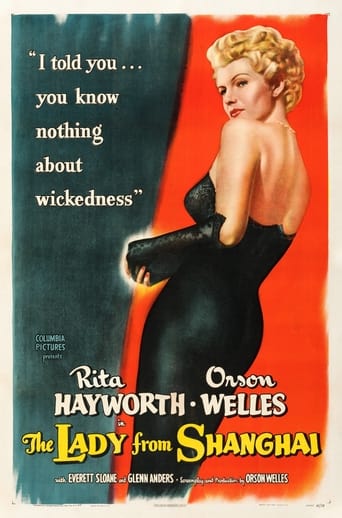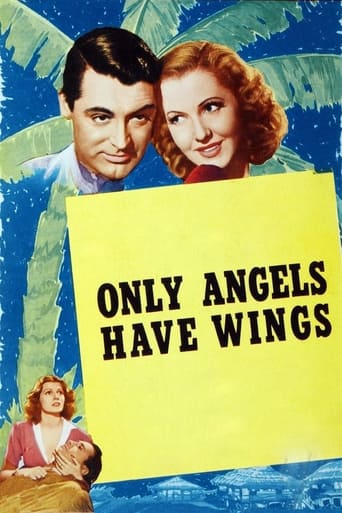
Viola Lawrence
Viola Mallory Lawrence (December 2, 1894, New York – November 20, 1973) is considered by many to be the first woman film editor in Hollywood. She was nominated twice for the Academy Award for Best Film Editing: for Pal Joey (1957), with Jerome Thoms; and for Pepe (1960), with Al Clark. She began working at Vitagraph Studios in Flatbush, Brooklyn as a messenger at the age of 11. At 12, she was holding title cards. In 1915, she became the second female film cutter in cinema history, after Anna McKnight, who also worked at Vitagraph. She married Frank Lawrence, her film cutting teacher at Vitagraph. In 1917, she moved to Hollywood and worked for Universal, First National, Gloria Swanson Productions and Columbia Pictures at various times. She became Columbia's "head editor" or "supervising editor" in 1925. After director Erich von Stroheim was fired from the production of Queen Kelly (1929), star Gloria Swanson herself directed an alternate ending, with the help of cinematographer Gregg Toland and Lawrence. Lawrence edited Samuel Goldwyn Studio's first sound film, Bulldog Drummond (1929). She rejoined Columbia in 1934 and remained there for the rest of her long career, ending with Pepe (1960). Orson Welles biographer Charles Higham wrote that, when Lawrence was assigned to The Lady from Shanghai (1947), she reported to studio boss Harry Cohn that "the footage was a jumbled mess". She also informed Cohn that Welles "had not shot a single close-up"; Welles reluctantly obeyed orders to add some. Following poorly received previews, the studio had Lawrence make drastic cuts, over an hour of footage, shortening the film to 87 minutes.
| Known for | Editing |
|---|---|
| Born | 1 Dec 1894 |
| Died | 20 Nov 1973 |
| Place of birth | Brooklyn, New York City, New York, USA |

